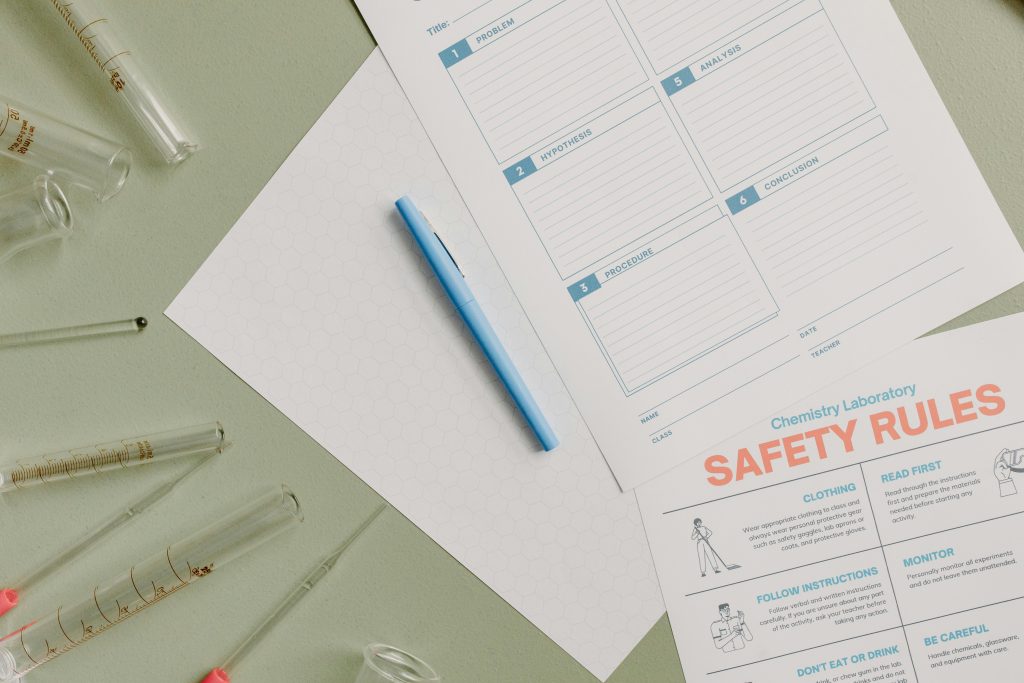Introduction
Effective decision making is one of the most valuable skills in both personal and professional life. From everyday choices to high-stakes business strategies, our ability to evaluate options and act with clarity has a profound impact on our success, relationships, and peace of mind.
But with information overload, emotional influence, and uncertainty always in play, making the right decision isn’t always easy. That’s where decision making mastery comes in.

In this article, we’ll explore proven strategies, frameworks, and mindsets that help individuals and leaders make smarter, more confident decisions.
Why Strong Decision Making Matters
Good decisions lead to better outcomes. They help reduce stress, save time, and foster trust in teams and relationships. Mastering decision making also:
- Improves leadership effectiveness
- Reduces risk and regret
- Supports long-term goal alignment
- Builds personal and professional confidence
At its core, decision making is about clarity—understanding your goals, weighing your options, and taking action with purpose.
1. Clarify the Objective
Before choosing a path, clearly define what you’re trying to achieve.
- What is the desired outcome?
- What problem are you solving?
- What does success look like?

Vague goals lead to vague decisions. Be specific about the result you want, and ensure all involved stakeholders are aligned.
2. Gather the Right Information
A decision is only as good as the data behind it. But more information isn’t always better. Focus on gathering relevant, timely, and reliable inputs.
- Avoid analysis paralysis by setting a research time limit
- Use both qualitative and quantitative sources
- Verify facts and cross-check assumptions
Be intentional with what you include and cut through noise that doesn’t directly impact your goal.
3. Use a Decision Framework
Structured thinking leads to better decisions. Consider using one of these simple, effective frameworks:
Decision Matrix
List your options and score them against key criteria (e.g. cost, time, impact). This provides clarity and prioritisation.
SWOT Analysis
Evaluate the Strengths, Weaknesses, Opportunities, and Threats of each option.
Pros and Cons List
A classic method that forces honest evaluation of trade-offs.

Choose the method that best fits the complexity and impact of your decision.
4. Consider the Long-Term Impact
Short-term wins can lead to long-term problems. Always ask:
- How will this decision affect me or the business in one year? Five years?
- Is it aligned with our mission and values?
- Will I be proud of this choice later?
This long-term lens helps prevent reactive or emotionally-driven decisions.
5. Manage Risk, But Don’t Fear It
Every decision carries some level of risk. The goal isn’t to eliminate all risk—it’s to understand it.
- Identify what could go wrong
- Assess the probability and impact
- Put mitigation strategies in place

Risk-aware decision making is about confidence, not recklessness.
6. Eliminate Bias
We all carry cognitive biases that can distort our thinking. The most common include:
- Confirmation bias – seeking information that supports our current belief
- Anchoring – overvaluing the first piece of data we hear
- Status quo bias – favouring the familiar over the better
Recognise these patterns in your thinking. Invite diverse perspectives, challenge your assumptions, and take time before locking in decisions.
7. Trust Intuition—When It’s Informed
Intuition plays a valuable role, especially in areas where you have deep experience. If a decision feels right and the data supports it, that’s often a sign to move forward.
But be cautious when your instinct is based on fear, ego, or emotion. Always check it against logic.
8. Start Small When Possible
Not all decisions need to be all-or-nothing. Where you can, test the waters.
- Pilot a new strategy before full rollout
- Try a soft launch with a small audience
- Set a deadline to review and adjust

This reduces the risk of failure and gives you flexibility to iterate.
9. Make the Call and Move Forward
The best decision makers are action-oriented. Once you’ve gathered the necessary input and evaluated your options, commit.
- Communicate the decision clearly
- Define next steps
- Accept responsibility and stay adaptable
Indecision can cost more than a wrong decision. Progress often depends on momentum.
10. Review and Learn from Each Decision
Every decision is an opportunity to improve your process.
- What worked well?
- What did you overlook?
- What would you do differently next time?
This reflective habit helps you develop better instincts and sharper judgment over time.
Conclusion
Mastering decision making doesn’t require perfection. It requires intention, structure, and the willingness to learn. By applying clear thinking and proven strategies, you can make decisions with more confidence and less regret—whether you’re leading a team, managing your career, or navigating personal growth.

Start small. Ask the right questions. And trust that better decisions come from better processes, not guesswork.

Leave a Reply